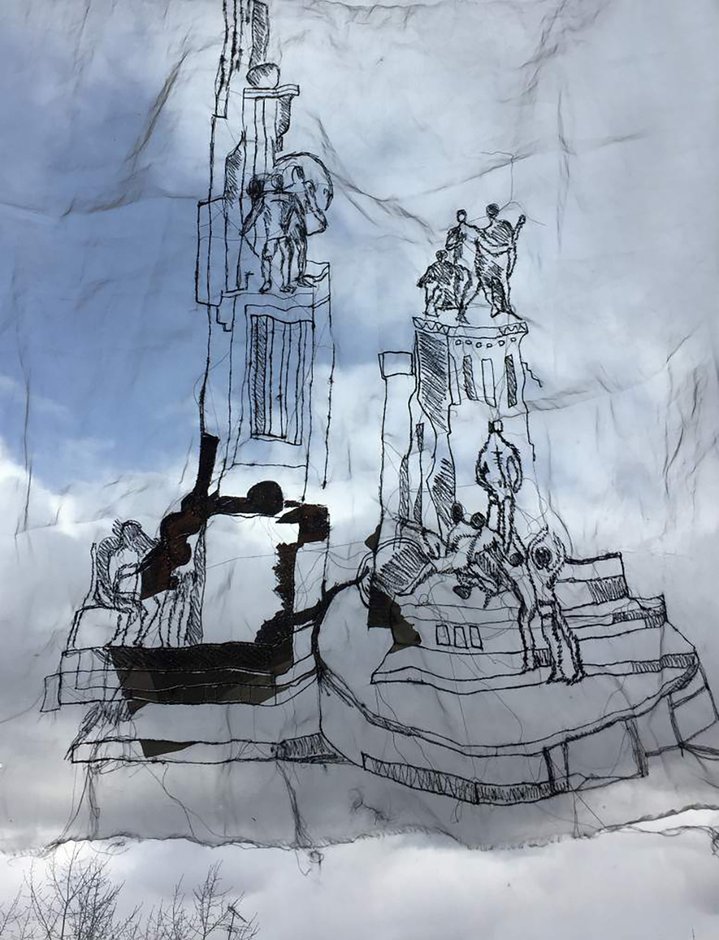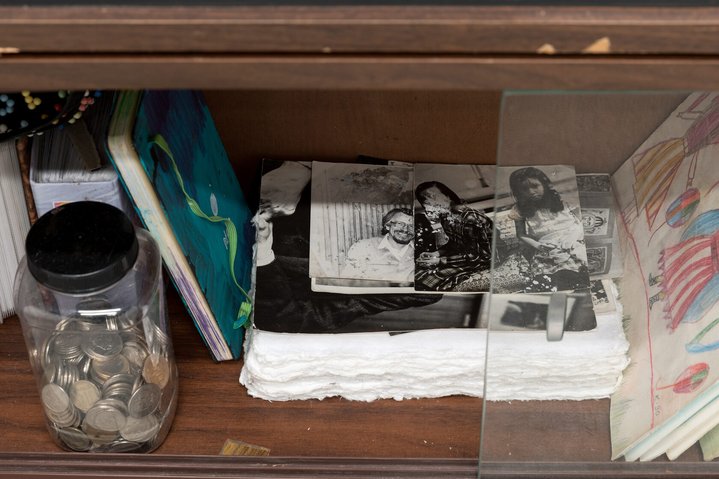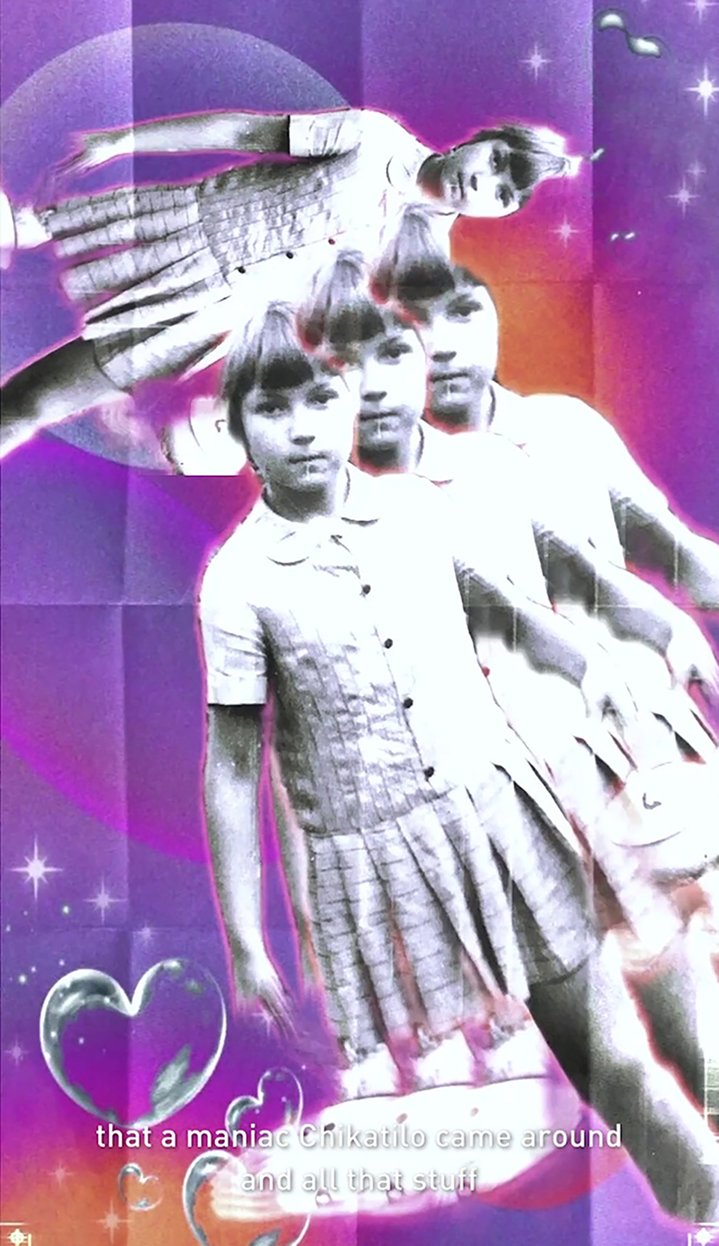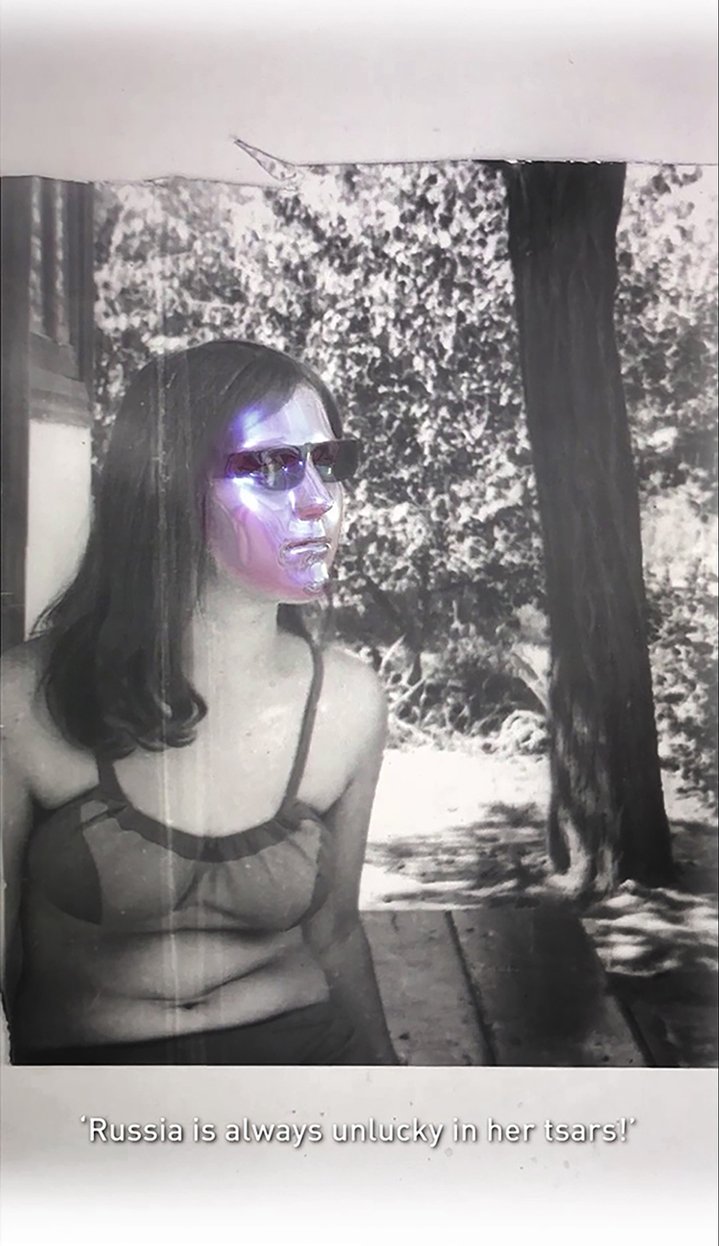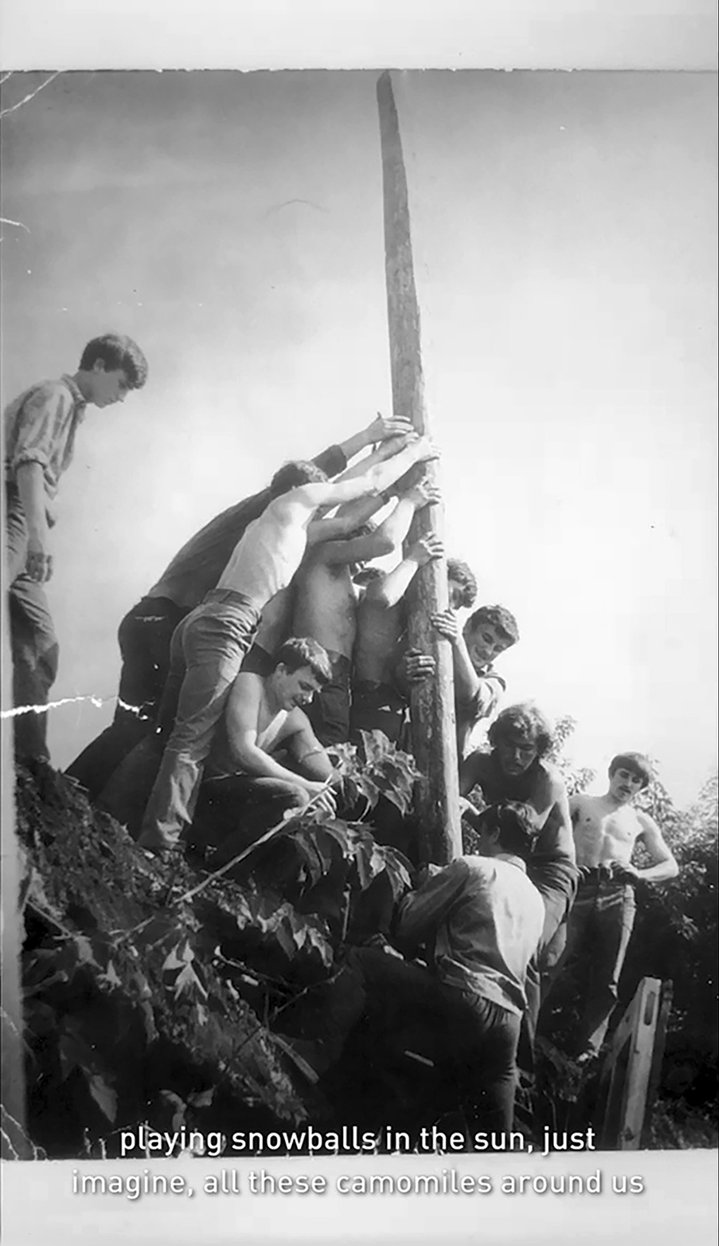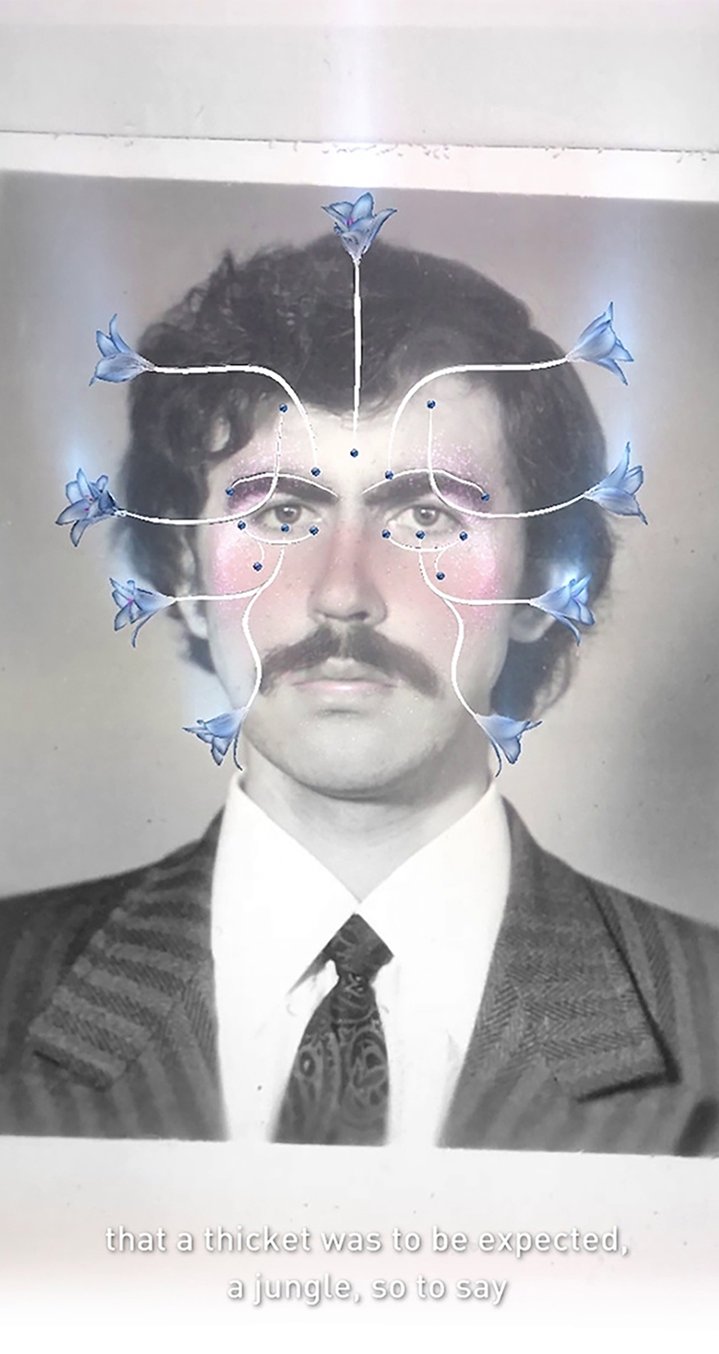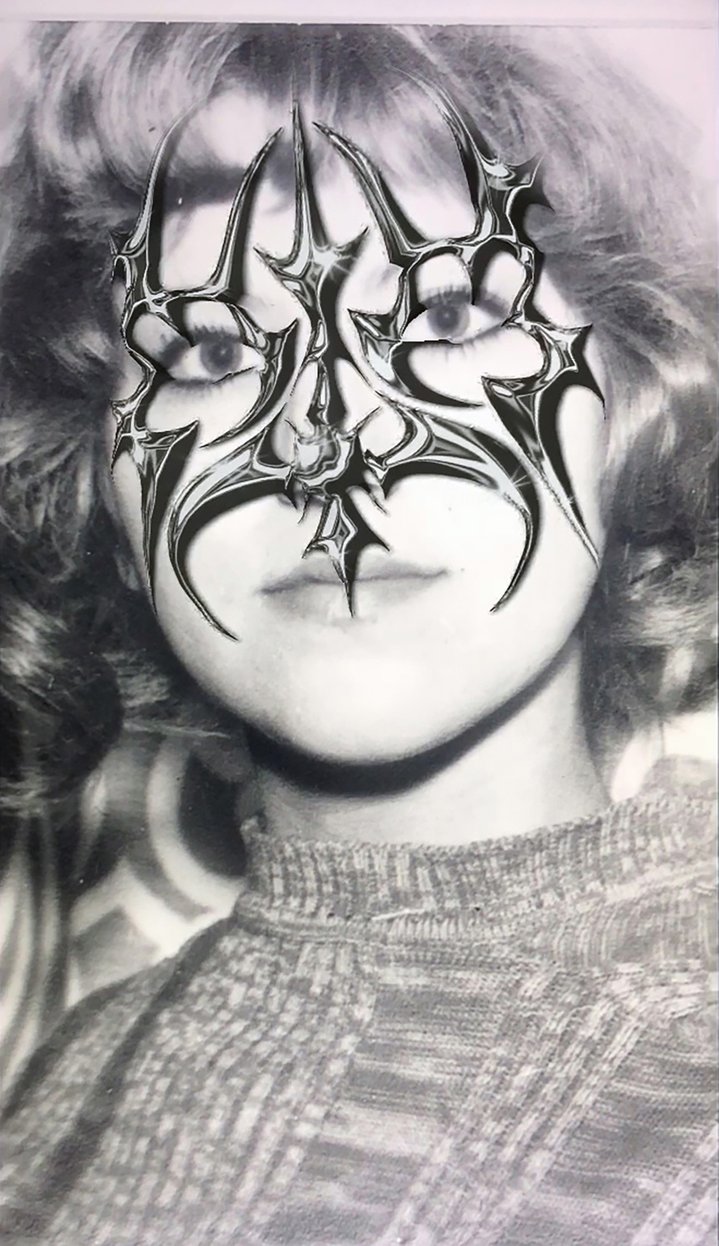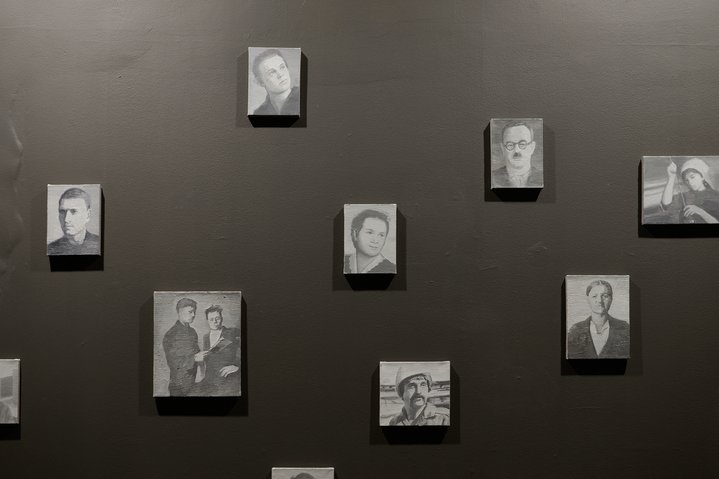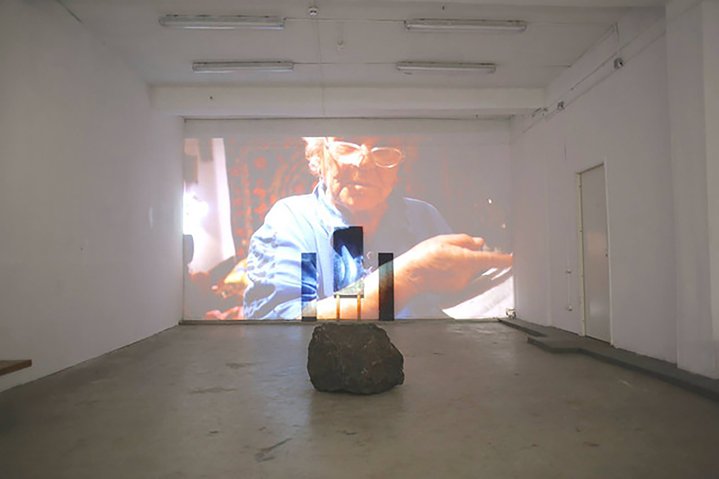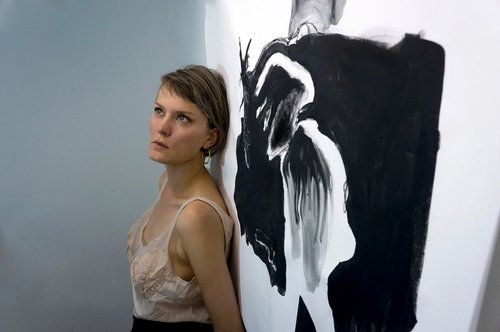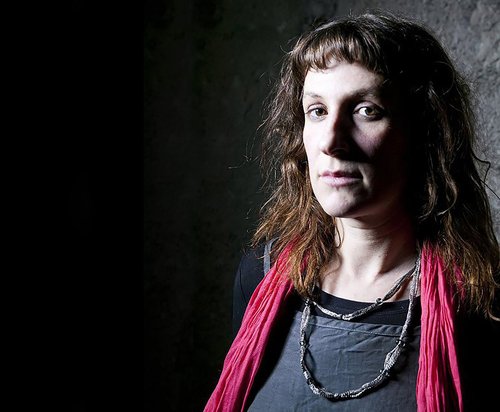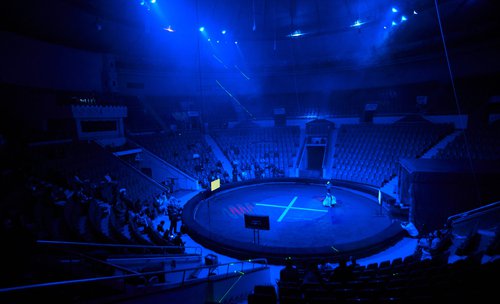Fact or Fiction? Russian artists explore their family histories

Pavel Otdelnov. Promzona. Group photo, 2017. Acrylic on canvas. Courtesy of Gallery Victoria, Samara
At the turn of the last and the current decade, the phenomenon of autofiction, a genre on the junction of documentary prose and fiction, was much discussed in Russian literary circles. Nowadays, it has become no less widespread in visual art.
The term autofiction originated in 1977 in France, but only entered the mainstream in Western literature in the 2000s. In the Russian context, an important text belonging to this trend was the book ‘In Memory of Memory’ (2017), in which writer Maria Stepanova reconstructed the history of her family. Works by Olivia Laing, Karl Ove Knausgard, Chris Kraus, Maggie Nelson and Rachel Cusk were quickly translated into Russian, the autobiographical travelogues of Winfried Georg Sebald were rediscovered and whole strata of past literature from 19th century classics to 20th century Modernism and even Socialist Realism were reinterpreted in a new way. The narration in autofiction is usually in the first person, sometimes replaced by a ‘lyrical hero’. The text is based on ‘egodocuments’ such as diaries, letters, posts on social media, memories, recordings by the author. However, within such a quasi-archival approach, fantasy was always present, which made autofiction very different from traditional autobiography, a genre that claims to be accurate and objective but is often completely untrue. This new sub-genre’s main discovery was the ultimate elimination of individuality. The authors of autofiction showed that all so-called egodocuments ultimately reflected a collective experience of a clan or political affiliation, gender or ethnic identity or other such body. Contributing to this was the fact that such literature was increasingly produced in communities re-working their biographies through the lens of contemporary queer-feminist and decolonial theories.
In the realm of visual art, the proto-version of autofiction has been around for a long time. Here we can easily point to the activities of Lebanese artist Walid Raad (b. 1967) and his fictional Atlas Group, the heteronymic strategies in the circle of Moscow conceptualists including Ilya Kabakov (b. 1933), Igor Makarevich (b. 1943), Elena Elagina (b. 1949), Vadim Zakharov (b. 1959), and the Medical Hermeneutics Inspection group; and the authorial mythology of Joseph Beuys (1921–1986). However, the all-too-obviously artificial nature of such stories did not bring them to a level of plausibility: everything was too much like a fairy-tale and theatrical. However, throughout the 2000s and 2010s, accompanying the spread of auto-fiction in North American and European literature (Russian literature was still not interested in this at the time), Russian artists started to adopt similar approaches.
For example, in the mid 2010s, two Russian artists, Pavel Otdelnov (b. 1943) and Aslan Goisum (b. 1991), began to develop projects based on their family history. The former, a native of Dzerzhinsk in the Nizhny Novgorod region, had been putting together separate exhibitions ‘chapters’ since 2015, dedicated to the town of his childhood and to a chemical plant around which the life of its inhabitants revolved. In 2019, Otdelnov combined pieces had had already done into an exhibition project called ‘Promzona’ (The Industrial Zone), which was shown at the Moscow Museum of Modern Art. Goisum's video Volga (2016) was about the attempt of dozens of refugees from the First Chechen War to get into a small car. This story is as autobiographical as it is archetypical. As in the case of Odelnov, with Goisum it is difficult to separate the documentary from the fiction, and memory from the myth, which gave these projects a strong artistic value and had a strong effect on the viewer. However both artists later shifted their focus to more general subjects, which were no longer autobiographical.
In 2021 the Stanislavsky House Museum in Moscow hosted an exhibition of the sisters Maria (b. 1968) and Natasha Arendt (b. 1959). The artists addressed the memory of their famous ancestors: their grandmother, the sculptor Ariadna Arendt (1906–1991), and her two husbands, also sculptors, Meer Eisenshtadt (1895–1961) and Anatoly Grigoriev (1903–1986). The former was their grandfather. The project combined works from the 1920s and 1930s with the Arendt sisters’ own creations from the 1990s and 2010s which were oriented towards the context of the lives of their ancestors. It was as if they were retrieving their work from the past.
Ukrainian-Russian artist Anna Rotaenko (b. 1990) has created a work ‘My Mother Turns into a Neural Net’ for the group exhibition ‘Sovremennik Theatre. Beginning’ (2021) at MMOMA. In this 52-minute video, her mother literally dictates her autobiography and the artist works with the image, alternating this with a slide show of family photographs, transformed using Instagram masks made for the project. Rotaenko's mother, who used to live in Kharkov during her youth and later moved to Moscow, does not just talk about the past, but comments on it through the present day realities of the long-lasting conflict between the Ukraine and Russia. In an interview about the project, the artist stresses that she strongly disagrees with many of the thoughts expressed by her mother, but leaves them as they are, without her own comments.
In February 2022, Moscow's ISSMAG Gallery hosted an exhibition by Ksenia Kudrina (b. 1982), which was dedicated to her father, the recently deceased artist Vasily Kudrin (1941–2021). There was a reproduction of a wooden wall from their home in the town of Lensk in Yakutia, a remote region in the North East of Russia. Books, masks, canvases, photographs, icons, fishing tackle, vases, all relate to a specific person, but through these things one reads a more general late and post-Soviet history of Yakutia, and of non-metropolitan Russia in general.
This summer the Ural Branch of the Pushkin Museum of Fine Arts in Ekaterinburg hosted an exhibition called ‘Mama's Folder’ by Maria Plaksina, a member of the GUI art group. The exhibition included sketches by her mother Tatyana Plaksina which she made on the back of technical drawings. The exhibition described their artistic affinity. Her mother gave up an artistic career but her daughter became an artist inspired by the drawings she had found. At the exhibition one could also find sculptures depicting Tatyana as she appears to Maria and sculptural self-portraits of the artist.
The following exhibition in the same Ekaterinburg museum and currently on view, is ‘Eat while you can eat and drink while you can drink’ by Lyudmila Kalinichenko (b. 1985), subtitled ‘A book about my family’. Searching for her own identity the artist also reconstructs the history of past generations. The source of her knowledge about the past are her grandmother's stories, which she turns into a total installation.
Anna Kabirova (b. 1980) and Irina Petrakova (b. 1980 also talked about their grandmothers, in the form of a performance and an exhibition. Both of their projects are related to the theme of funerals and religious notions about death. Kabirova makes a white kimono for her performance ‘Space 0022’ out of fabric that her grandmother had wanted to make into her funeral shroud but which did not happen in the end. Petrakova's project ‘Explain It to the Dark’ (Art Centre Krasny, 2016) is about religious sects, which she compares with the hermetic community of contemporary artists. At the centre of the project is a video of the artist's grandmother, who lived in Kazakhstan, an Old Believer in her youth, a Jehovah's Witness in her old age, preaching about life.
Lyudmila Kalinichenko. Eat while you can eat and drink while you can drink
Ural Branch of the State Pushkin Museum
Ekaterinburg, Russia
July 29 – September 25, 2022






